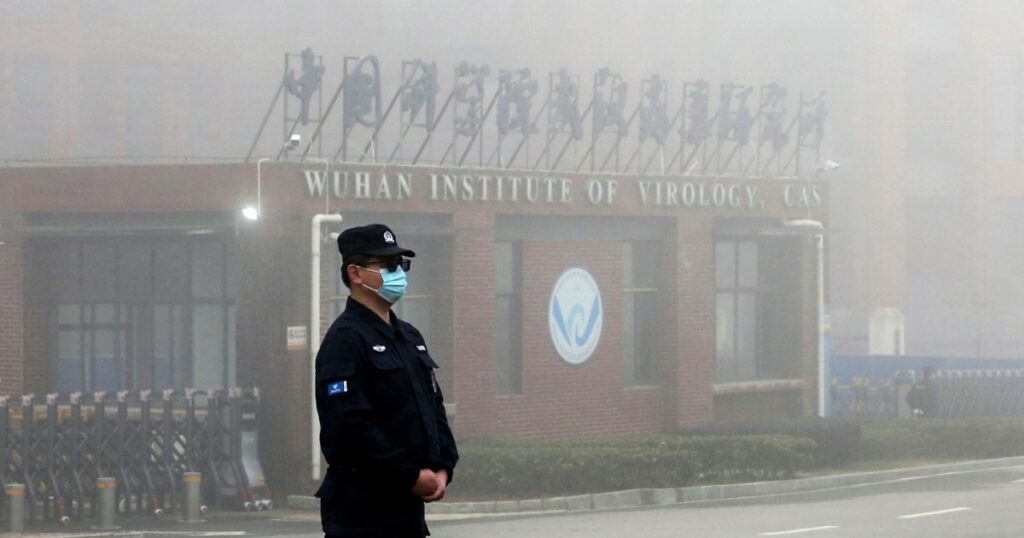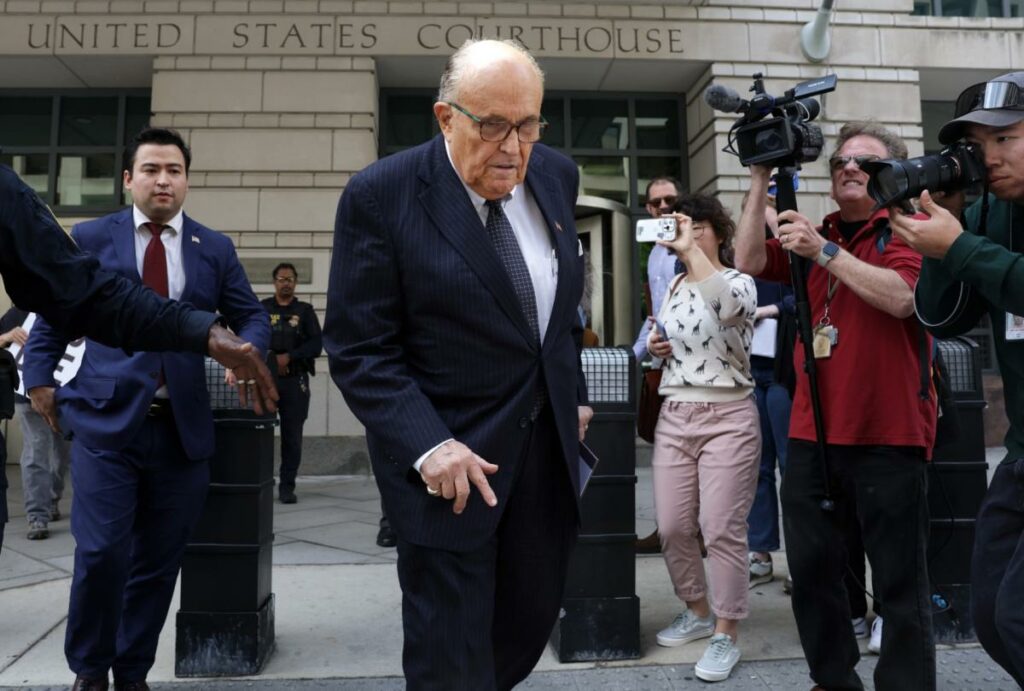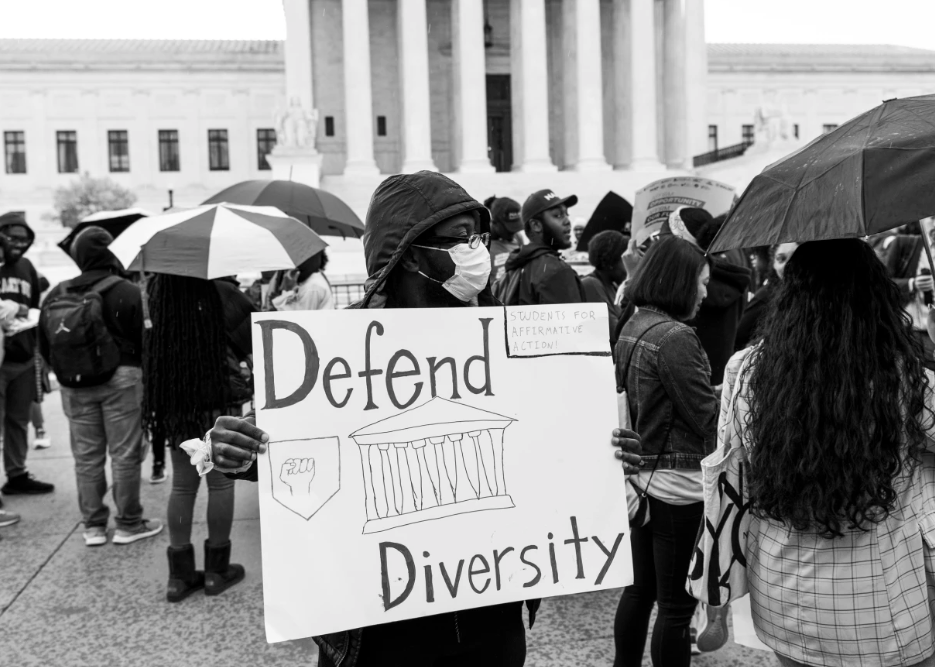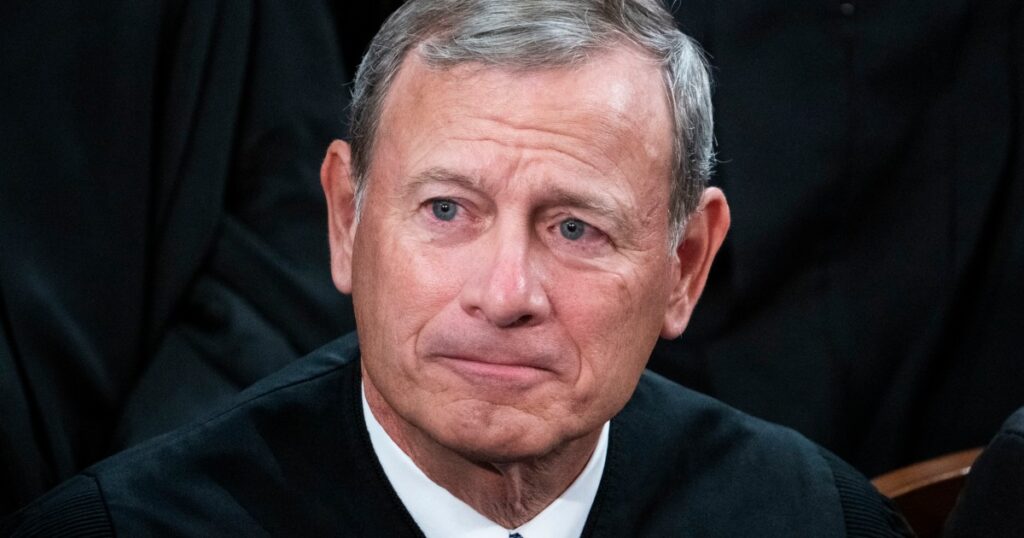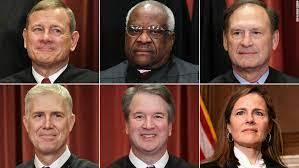The Shocking Truth: The Nonexistent “Thin Blue Line” in School Shootings
In the wake of devastating school shootings in Parkland, Florida, and Uvalde, Texas, it has become clear that the police’s portrayal of themselves as the “thin blue line” protecting society is nothing more than propaganda. During these horrific incidents, as innocent children were being slaughtered inside, the police remained outside, raising questions of cowardice and criminal negligence.
The Case of Scot Peterson
Scot Peterson, the security officer assigned to Marjory Stoneman Douglas High School in Parkland, faced accusations of neglect of a child, culpable negligence, and perjury. However, a Florida jury recently acquitted him of all charges. While it may be understandable that Peterson, the only person on campus armed with a gun, did not enter the school during the shooting, it is concerning that a state known for its permissive gun laws would absolve him of any wrongdoing.
Unchecked Mayhem and Gun Laws
Florida’s recent legislative session saw the passing of “NRA-backed constitutional carry,” allowing people to carry concealed weapons without permits or training. Simultaneously, the NRA expressed disappointment that the minimum age to buy firearms from licensed dealers remained at 21, claiming it denied Second Amendment rights to young adults. This raises the question: if Floridians can easily obtain guns, and the police are not expected to confront those using them criminally, are we not granting a license for unchecked mayhem?
The Failure of Laws and Common Sense
The argument that gun laws don’t work because criminals will always find a way to obtain weapons is flawed. Laws are meant to signal society’s values and provide consequences for unacceptable behavior. Yet, this argument is never applied to the war on drugs. It is crucial that we maintain commonsense restrictions, such as the minimum age to purchase firearms, despite the persistence of bad ideas and the influence of the NRA.
The Controversy Surrounding Peterson
Scot Peterson, who faced criticism for his inaction during the Parkland shooting, claimed that miscommunication and the belief that the shots were coming from outside prevented him from entering the school. He vehemently denied cowardice and expressed his love for the students, stating he would never let them be slaughtered. However, his acquittal raises questions about the expectations placed on school resource officers and their ability to protect against powerful weapons.
The Importance of Holding Officers Accountable
Broward County State Attorney Harold Pryor emphasized the significance of prosecuting Peterson, stating that it is not political to expect someone to do their job, especially when it involves protecting children and staff members. The question remains: how can officers effectively fulfill their duty to protect when bullets from legally obtained weapons can penetrate multiple walls and cause devastating harm?
Reevaluating Priorities
Instead of solely questioning why police don’t confront individuals with such weapons, we should be asking why politicians are making it easier for these situations to arise. The notion of the “thin blue line” is flawed, as it suggests that society cannot be peaceful without the presence of armed individuals. However, even if this were true, the reality is that no blue line can protect against the most powerful weapons legally available. If we cannot rely on the police to address the use of such guns, then perhaps these guns should not be sold at all.
In conclusion, the shocking truth revealed by these school shootings is that the “thin blue line” is nonexistent when it comes to protecting against the deadliest weapons. It is time to reevaluate our priorities and ensure that the safety of our children and communities takes precedence over permissive gun laws.
The Unspoken Hypocrisy: America’s Weapon Sales vs. Police Preparedness
In recent years, the United States has witnessed a surge in public outcry against police brutality and the excessive use of force by law enforcement officers. The tragic deaths of unarmed individuals, particularly those from marginalized communities, have sparked a national conversation about police reform and the need for greater accountability. While these discussions are crucial, it is equally important to examine the underlying factors that contribute to the militarization of police forces across the country. One such factor is the unspoken hypocrisy between America’s weapon sales and police preparedness.
The United States is the world’s largest exporter of arms, accounting for nearly 40% of global weapons sales. The country’s defense industry thrives on the export of advanced weaponry, including assault rifles, armored vehicles, and surveillance equipment. These weapons, often manufactured by American companies, find their way into the hands of various nations, some of which have questionable human rights records. The irony lies in the fact that while the U.S. profits from arming foreign governments, it simultaneously claims to champion human rights and democracy.
The consequences of this hypocrisy become evident when examining the militarization of American police forces. The surplus military equipment, including armored vehicles, grenade launchers, and high-powered rifles, that flows back into the country through the Department of Defense’s 1033 program, has transformed local police departments into quasi-military units. This militarization has created a dangerous environment where law enforcement officers are equipped with weapons and tactics more suitable for combat zones than for maintaining public safety.
The excessive use of force by police officers is often justified by the argument that they need to be prepared for any situation. However, this argument fails to acknowledge the root causes of violence and unrest in American society. Rather than addressing the underlying issues such as poverty, systemic racism, and lack of access to education and healthcare, the focus has shifted towards equipping police forces with more lethal weapons. This approach not only perpetuates a cycle of violence but also undermines the trust between law enforcement and the communities they serve.
Moreover, the militarization of police forces disproportionately affects marginalized communities. Studies have shown that low-income neighborhoods and communities of color are more likely to be subjected to aggressive policing tactics. The presence of heavily armed officers in these areas creates an atmosphere of fear and intimidation, further exacerbating the divide between law enforcement and the communities they are meant to protect.
To address this unspoken hypocrisy, it is imperative to reevaluate America’s weapon sales policies and their impact on police preparedness. The government must prioritize human rights and ethical considerations when exporting arms to foreign nations. Additionally, the 1033 program should be reformed to ensure that surplus military equipment is not indiscriminately distributed to local police departments. Instead, a comprehensive approach to police reform should focus on community engagement, de-escalation training, and addressing the root causes of crime and violence.
Furthermore, it is essential to foster a national dialogue that encourages transparency and accountability within law enforcement agencies. The use of force by police officers should be subject to rigorous oversight and independent investigations. By holding officers accountable for their actions, we can begin to rebuild trust between law enforcement and the communities they serve.
In conclusion, the unspoken hypocrisy between America’s weapon sales and police preparedness is a pressing issue that demands attention. The militarization of police forces, fueled by the export of advanced weaponry, perpetuates a cycle of violence and undermines the principles of democracy and human rights. To create a safer and more just society, we must address this hypocrisy by reevaluating weapon sales policies, reforming the 1033 program, and prioritizing community engagement and accountability within law enforcement agencies. Only then can we hope to bridge the divide and build a society where the protection of human rights is truly valued.



